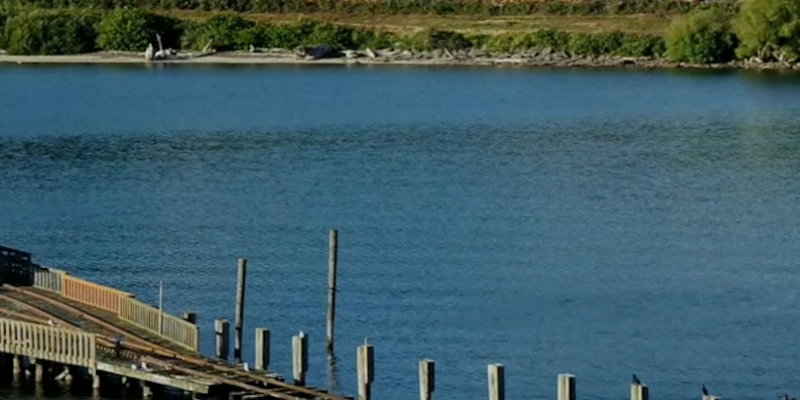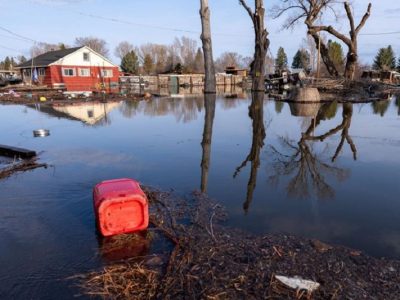
Medford, OR – According to the state officials, this is reportedly a unique way for coastal commercial and recreational fishers to help fuel scientific research in the state’s near-shore waters.
The Marine Preserves Program, administered by the Oregon Department of Fish and Wildlife, plans to target the Redfish Rocks Marine Reserve near Port Orford and the Cape Falcon Marine Reserve near Garibaldi during this year’s hook-and-line surveys.
During the surveys, private commercial boats – usually charters – contract with the agency to take out volunteer anglers who catch rockfish in key underwater reefs.
They focus within marine reserves where all other fishing is banned as well as comparison areas outside of them. Biologists on board identify and measure the fish before they are quickly and safely released.
When compared to data from nearly identical fishing efforts dating back as far as 2010, marine scientists are able to track changes in catch rates, species caught and their sizes from before and after marine-reserve protections went into place.
This growing data set not only will help reveal changes to marine life within reserve areas but also create more clarity to the murky world of Oregon’s near-shore reefs.
The hook-and-line surveys are one of four key ways fish are surveyed in the reserves and outside monitoring areas. The others are visual surveys, such as trained volunteer SCUBA divers and other contracted commercial boats from which stationary cameras are lowered into the reefs as well as a remote underwater roving video camera.
Last year, hook-and-line surveys were run at the Cascade Head Marine Reserve out of Depoe Bay and Cape Perpetua Marine Reserve out of Newport. The fifth and final Oregon marine reserve at Otter Rock near Newport is not part of the hook-and-line surveys because its waters are deemed too shallow for it.
Since the hook-and-line survey began in 2010, the program has paid $382,619.25 to commercial fishermen under survey contracts.
The Marine Reserves Program also conducts monitoring of the social impacts of all five reserves on coastal communities, and studies have shown wide-ranging support throughout Western Oregon.












